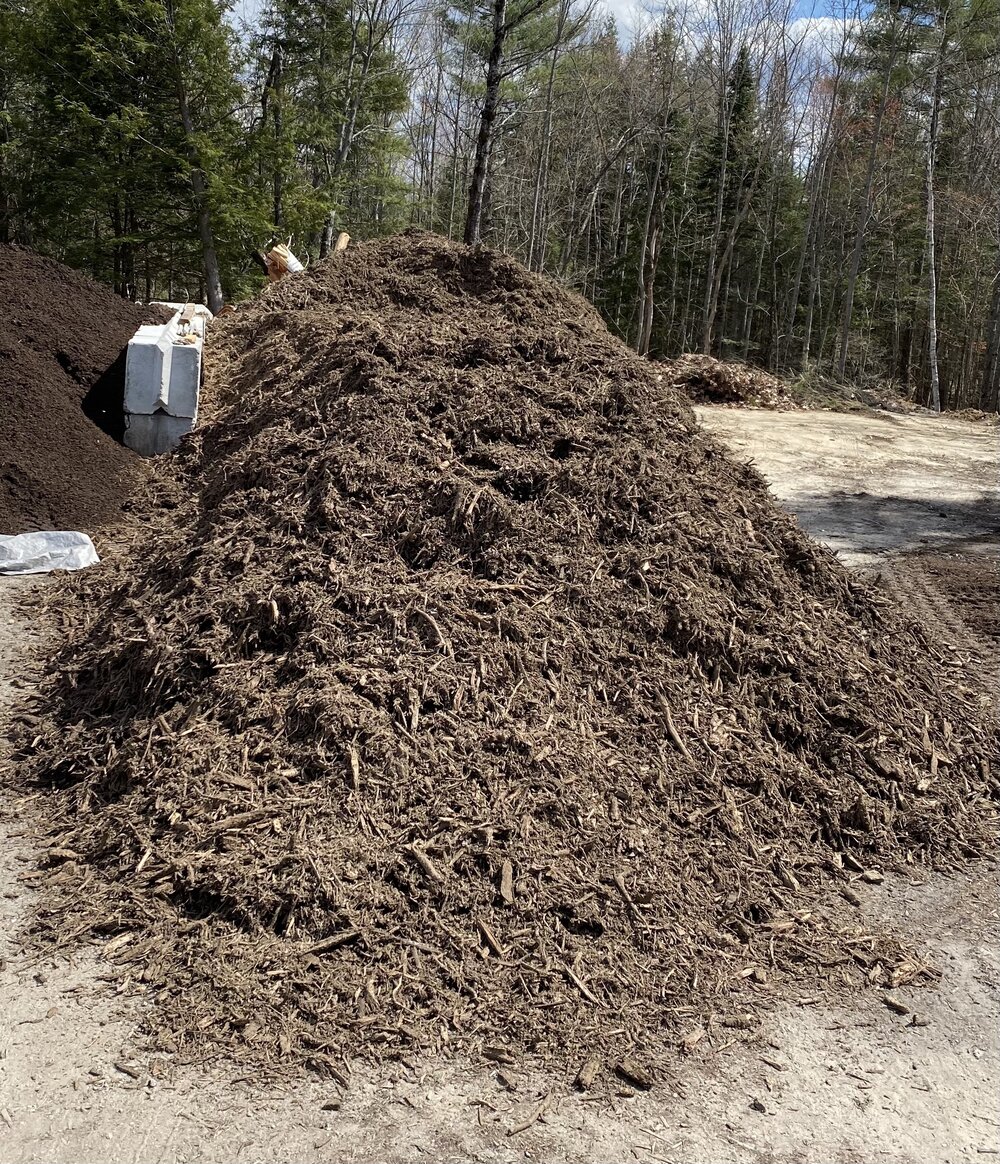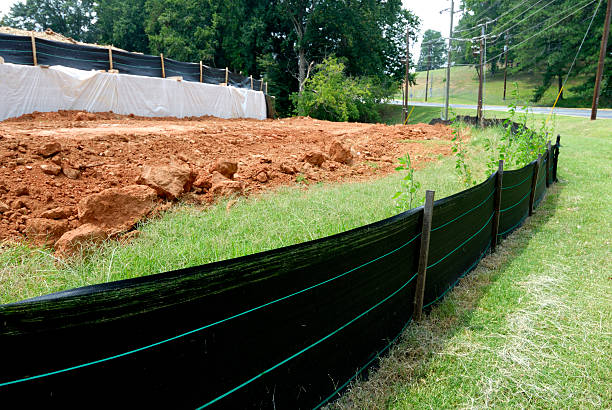Memphis Erosion Control Solutions Memphis TN: Your Regional Erosion Control Professionals
Wiki Article
Finest Practices for Erosion Control in Building Projects
Are you dealing with a building project and concerned concerning erosion control? Look no more! In this article, we will direct you through the most effective practices for stopping disintegration on your site. You'll find five necessary methods, effective sediment and runoff management methods, essential factors to consider for incline stablizing, and pointers for securing greenery and soil. We'll additionally delve right into the importance of implementing correct drain systems. Get ready to tackle erosion head-on and guarantee the success of your building and construction job.5 Essential Erosion Control Techniques

To properly control erosion on your building and construction website, you'll require to implement necessary methods such as incline stabilization and sediment control steps. Incline stablizing is vital in stopping soil disintegration on high inclines. One more efficient technique is the use of disintegration control blankets or mats, which are put on the slope and assistance preserve soil particles while allowing greenery to expand.
Reliable Sediment and Overflow Monitoring

You can properly handle sediment and drainage in your construction task by applying correct disintegration control procedures. Sediment and overflow monitoring is important to avoid disintegration and protect the surrounding environment. One effective procedure is the setup of silt fencings along the border of the building website. These fencings assist to consist of sediment and avoid it from getting in close-by water bodies. One more important method is the implementation of disintegration control blankets or mats. These coverings supply a safety layer on bare soil, lowering the impact of rains and avoiding disintegration. In addition, making use of debris basins or debris traps can assist to record sediment and prevent it from getting in stormwater systems. Routine upkeep of these measures is necessary to guarantee their performance throughout the construction project. This consists of evaluating and cleansing debris containers and regularly changing silt fencings and disintegration control blankets as required. By executing these erosion control procedures, you can successfully take care of sediment and overflow in your building and construction project, reducing the effect on the setting and adhering to governing requirements.
Key Considerations for Incline Stabilization
When taking into consideration slope stablizing, it is necessary to analyze the terrain and recognize potential areas of instability. You require to carefully take a look at the slope's attributes, such as its structure, drainage, and angle patterns. Seek indicators of erosion, such as subjected roots, splits, or slumping soil. These indicators can give you a concept of where stabilization steps may be essential.Once you have actually recognized the unsteady locations, you can begin implementing procedures to maintain the incline. One usual technique is making use of preserving walls or terracing to develop a series of level actions, which can aid distribute the weight and protect against additional disintegration. Another choice is to grow greenery on the incline, as the roots can assist secure the dirt and control disintegration. In addition, setting up disintegration control blankets or floor coverings can give prompt security while greenery ends up being established.
It's important to routinely keep track of the maintained slopes to ensure their effectiveness. Maintain an eye out for any type of indicators of activity or erosion, and take prompt activity if needed. Routine upkeep, such as evaluating and repairing any type of broken steps, is additionally vital to guarantee long-lasting stability.
Best Practices for Plant Life and Soil Protection
One reliable method to secure vegetation and dirt on inclines is by consistently looking for signs of erosion and taking instant activity if needed. By being observant and positive, you can prevent more damages and make sure the stability of the incline. Start by inspecting the slope for any indicators of erosion, such as subjected origins, bare dirt patches, or sediment build-up at the base. If you notice any of these signs, it is critical to address the issue quickly. Implement disintegration control actions such as installing erosion control coverings, mulching, and even creating keeping wall surfaces if required. Additionally, growing vegetation can considerably help in stabilizing the dirt. Pick native plants that have deep root systems, as they are extra effective in avoiding disintegration. Make certain to routinely analyze the health and wellness of the greenery and supply essential maintenance, like watering and feeding. Remember, disintegration can swiftly worsen and create severe damages, so it's vital to resolve it immediately. By taking aggressive steps and on a regular basis keeping track of landscape bark the slope, you can safeguard the plant life and dirt, making certain the lasting security of the area.Applying Appropriate Drain Equipments
To effectively execute proper water drainage systems, it's crucial to consider the slope gradient and soil kind. When it comes to managing water flow and preventing disintegration, recognizing these variables is vital. The incline gradient plays a substantial function in figuring out exactly how water moves across the land. Steeper slopes can result in faster water flow, raising the risk of erosion and flooding. On the various other hand, gentler inclines enable water to flow more slowly, lowering erosion potential. By examining the slope gradient, you can develop a reliable drain system that fits the all-natural water activity.Soil type also influences water drainage system style. Different dirt kinds have varying levels of leaks in the structure, impacting how water is absorbed and drained. For circumstances, sandy dirts tend to drain faster due to their rugged appearance, while clay dirts have a slower water drainage price due to their compact nature. Recognizing the dirt type assists in choosing suitable water drainage methods, such as utilizing absorptive materials or mounting French drains pipes. Additionally, taking into consideration the dirt characteristics assists stop waterlogging, which can cause poor plant growth and damages to frameworks.
Verdict
In final thought, when it comes to disintegration control in construction look at this website jobs, you need to follow these best techniques. Consider incline stablizing methods to guarantee the stability of the website. By following these crucial practices, you can effectively control erosion and make sure the success of your building job.To efficiently regulate disintegration on your building and construction site, you'll require to carry out crucial methods such as incline stabilization and sediment control steps. Slope stablizing is critical in preventing soil disintegration on high slopes. One more reliable strategy is the use of erosion control coverings or floor coverings, which are positioned on the slope and aid preserve soil bits while permitting vegetation to expand. Another alternative is to plant greenery on the slope, as the origins can More Bonuses assist anchor the dirt and control erosion. Implement erosion control actions such as setting up erosion control coverings, mulching, or also constructing preserving walls if needed.
Report this wiki page